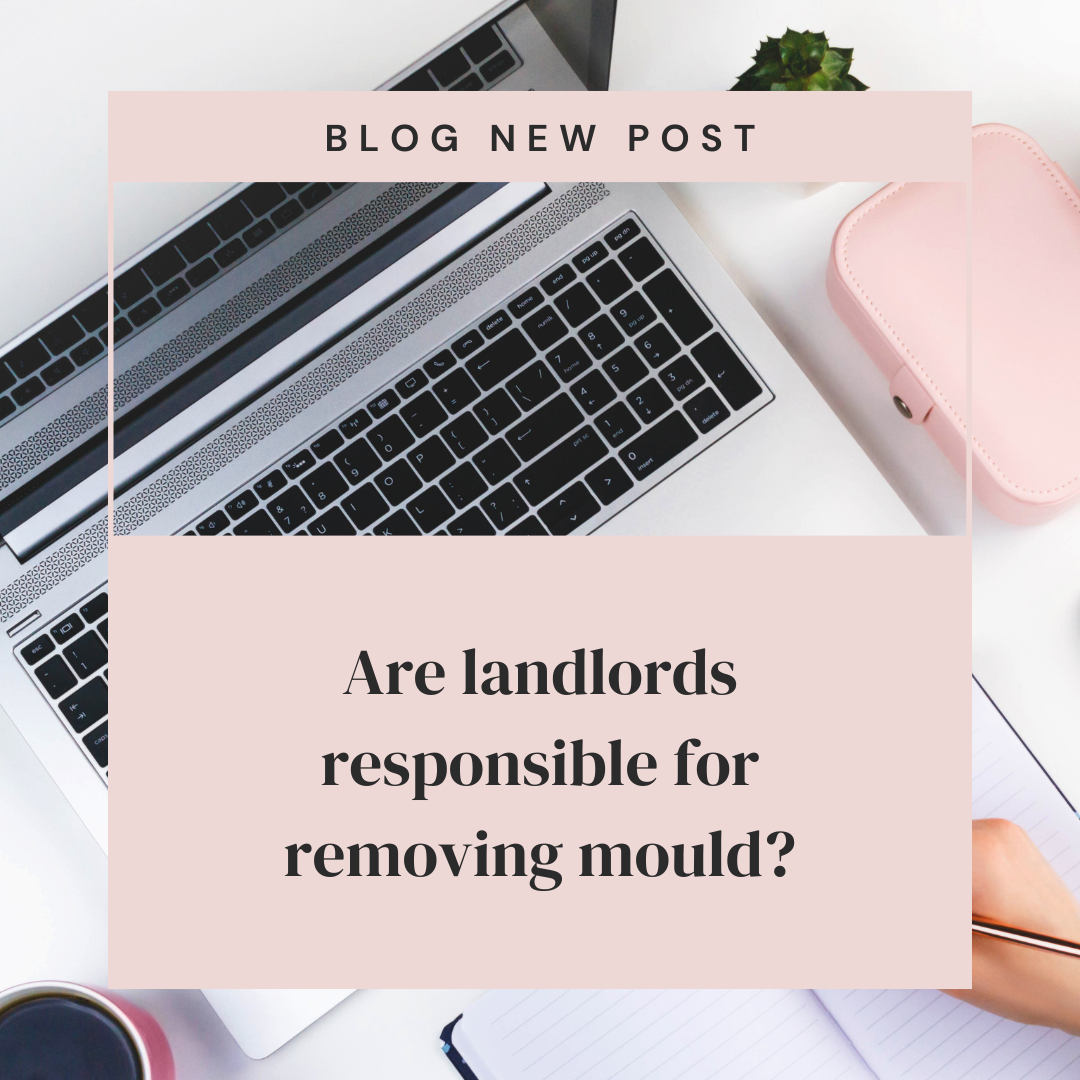Are landlords responsible for removing mould? Mould is a common problem in many homes, but it can be especially problematic in rented properties. If you’re a tenant, you may be wondering whether your landlord is responsible for removing mould.
The answer to this question depends on the cause of the mould. If the mould is caused by a structural problem with the property, such as a leaky roof or rising damp, then the landlord is responsible for fixing it. However, if the mould is caused by tenant misuse, such as not adequately ventilating the property, then the tenant may be responsible for removing it.
Here are some examples of when the landlord is responsible for removing mould:
- There is a leak in the roof or plumbing
- Rising damp is affecting the property
- There is a problem with the property’s insulation or ventilation
- There is a faulty appliance in the property
Here are some examples of when the tenant may be responsible for removing mould:
- The tenant does not adequately ventilate the property, such as by not opening windows when cooking or showering
- The tenant dries clothes indoors
- The tenant keeps the property too cold
- The tenant stores damp or wet items in the property
If you’re unsure whether your landlord is responsible for removing mould in your property, you should contact them and discuss the issue with them. You may also want to seek independent advice from a housing advisor or solicitor.
If your landlord is responsible for removing mould, they should do so within a reasonable amount of time. If they do not take action, you may be able to take legal action against them.
How to prevent mould growth in your rented property
There are a number of things that you can do to help prevent mould growth in your rented property:
- Ventilate the property regularly by opening windows and doors.
- Heat the property to a consistent temperature of at least 16 degrees Celsius.
- Dry clothes outdoors if possible.
- Avoid storing damp or wet items in the property.
- Clean up any spills or leaks immediately.
- Repair any damage to the property, such as cracks in walls or ceilings.
If you do notice any mould growth in your property, you should report it to your landlord immediately.
Conclusion: Are landlords responsible for removing mould?
If you’re a tenant and you’re not sure whether your landlord is responsible for removing mould in your property, you should contact them and discuss the issue with them. You may also want to seek independent advice from a housing advisor or solicitor.
Important links
Housing Disrepair Advice: https://housingdisrepairadvice.org/contact
Housing Ombudsman: https://www.housing-ombudsman.org.uk/
